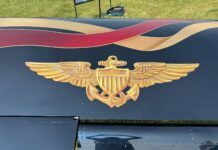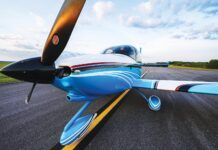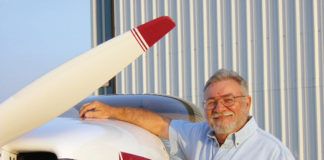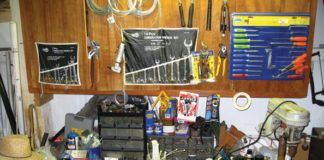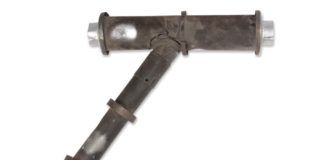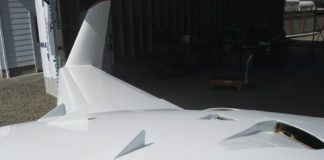One thing about having multiple airplanes around – it takes a considerable amount of time to keep them all happy and healthy. (Hint – if you end up with more than one, try not to have both of their condition inspections due in the same month, especially don’t have them in the same month when the weather in your hangar isn’t conducive to doing maintenance and inspections.)
Speaking of condition inspections, there is a school of thought (well proven by statistical evidence) that the less routine maintenance and inspection you do, the healthier the machine (to a point). It is argued that every time you take something apart, inspect it, and put it back together, you wear things out a little bit – and introduce the possibility of failure because things might not go together properly. Or you just plain break something. Of course, this line of thinking could be taken to an extreme, with no maintenance or inspections performed – ever. This is obviously a bad idea.
However, I can say that a recent experience proved that you can make a good situation bad if you’re not careful. When we do maintenance on our low-wing airplanes, the cowls always get put on the ground underneath the wings – they are out of the way, don’t get things dropped on them, and sudden gusts of wind don’t knock them over. Unfortunately, when you scoot around the ground, under the wings, on a creeper, it is possible to bump them – and this year, when we went to put the cowling back on our menacing-looking RV-3, there was a scratch running right down along the cowling, about two inches up from the parting plain, right through the eye – obviously from a scooter encounter.
Fortunately, the paint was done with a base coat, fancy coat, and clear coat, and the scratch was only in the clear coat. Our painter sent us some 2,000 grit wet-or-dry sandpaper, and some great rubbing compound, and with about a half hour of elbow grease, the scratch was gone – much to my relief. I’m not much of a paint and body guy, so I’m just glad it wasn’t worse.
With this bad girl signed off and looking good, its time to tackle the next one – the RV-8 needs a new transponder installed, and its time to clean up a variety of scabbed-in wiring that has accumulated from several years of avionics and systems testing. So the panel is coming out, and frankly I am hoping it takes long enough to finish all that up to put it into next month, and we can get these things split up.
Care and feeding – its important if you don’t want the airplane to get angry and bite!

